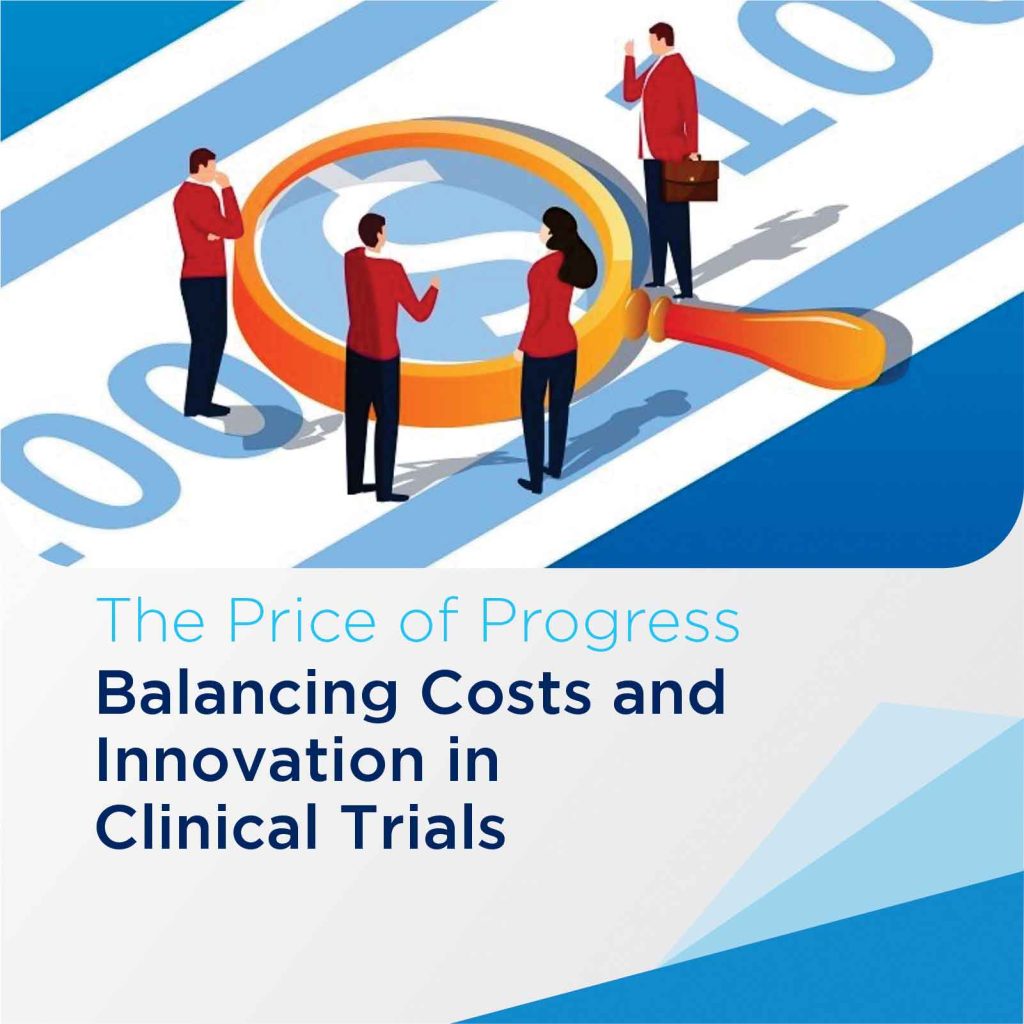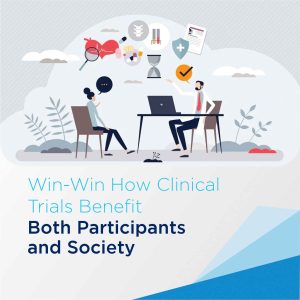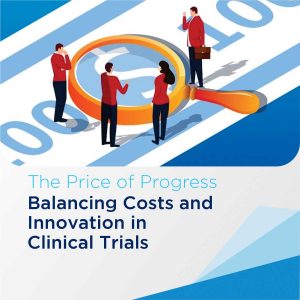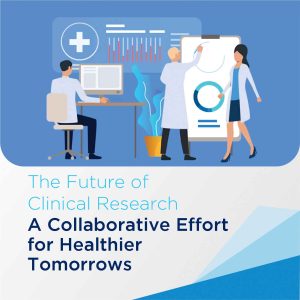Imagine this: You’ve developed a revolutionary drug that could cure a debilitating disease. But before it reaches patients, it needs to undergo rigorous testing: clinical trials. These trials, however, are expensive. Balancing the immense costs with the potential for life-changing innovation is a delicate dance, one that plays out in the complex world of healthcare economics.
So, how much does it cost to bring a new drug to market? Estimates vary, but a single clinical trial can run anywhere from $10 million to $1 billion! Factors like the complexity of the disease, the number of participants needed, and the length of the study all contribute to the hefty price tag.
But why is it so expensive? Let’s break it down:
Recruiting and retaining participants: Finding the right people for a trial takes time and resources. Screening, compensating, and following up with participants adds to the cost.
Research staff and infrastructure: A team of scientists, doctors, nurses, and other professionals is needed to conduct the trial, manage data, and ensure safety.
Manufacturing and testing the drug: Producing enough of the drug for the trial and conducting rigorous safety and efficacy testing is a costly process.
Regulatory compliance: Meeting strict government regulations and obtaining approvals adds another layer of complexity and expense.
Now, here’s the catch: While costs are high, the potential benefits are immense. New drugs can save lives, improve quality of life, and reduce healthcare costs in the long run. So, how can we strike a balance between affordability and innovation?
**Here are some cost-effective strategies:
Streamlining trial design: Simplifying protocols, using virtual platforms for data collection, and conducting trials in resource-limited settings can reduce costs.
Collaborations: Partnering with other research institutions, pharmaceutical companies, and governments can share resources and expertise, making trials more efficient.
Innovative technologies: Using AI, telemedicine, and wearable devices can streamline data collection, monitor participants remotely, and reduce the need for in-person visits.
Predictive models: Utilizing data analytics to predict which drugs are more likely to be successful can save resources by focusing on promising candidates.
Finding the right balance is crucial.** Cutting corners to save money can compromise scientific rigor and put patient safety at risk. Conversely, excessive spending can stifle innovation and limit access to new treatments for those who need them most.
So, what does the future hold?** The field of clinical trial economics is constantly evolving. New technologies, innovative partnerships, and a focus on patient-centered care offer promising solutions for making trials more efficient and affordable.
Remember, the journey from lab bench to bedside is paved with both challenges and opportunities. By understanding the economics of clinical trials and working together to find creative solutions, we can ensure that life-saving innovations reach the people who need them most, without breaking the bank.
**Additional Tips for SEO Optimization:
Use relevant keywords throughout the blog post, including “clinical trials,” “drug development,” “healthcare economics,” and “cost-effectiveness.”
Optimize the title, meta description, and image alt text with relevant keywords.
Break up the text with subheadings and bullet points for easy readability.
Link to authoritative sources and other relevant blog posts.
Share the blog post on social media and other online platforms.
By following these tips, you can create an SEO-friendly blog post that is informative, engaging, and reaches a wider audience.
I hope this blog post provides a simplified and informative overview of the economics of clinical trials. Remember, striking the right balance between costs and innovation is a complex challenge, but one that we can overcome with creativity, collaboration, and a commitment to improving healthcare for all.








